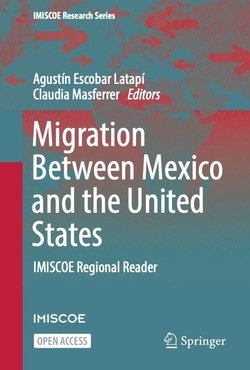By René Leyva-Flores , Cesar Infante , Juan Pablo Gutierrez , Frida Quintino-Perez , MariaJose Gómez-Saldivar , Cristian Torres-Robles
Objectives: The objectives of the study are to 1) estimate the burden of physical, sexual, and psychological violence among migrants in transit through Mexico to the US; and 2) examine the associations between experiencing violence and sociodemographic characteristics, migratory background, and health status in this vulnerable population.
Results: The overall prevalence of suffering from any form of violence was 29.4%. Nearly 24% reported physical violence, 19.5% experienced psychological violence, and approximately 2% reported sexual violence. TTTs experienced a significantly greater burden of violence compared to men and women. Violence occurred more frequently among migrants from Central America (30.6%) and other countries (40.0%) than it did among Mexican migrants (20.5%). Experiences involving sexual, physical and psychological violence as well as theft and even kidnapping were described by interviewees. Migrants mistrust the police, migration authorities, and armed forces, and therefore commonly refrain from revealing their experiences.
Conclusion: Migrants are subjected to a high level of violence while in transit to the US. Those traveling under irregular migratory conditions are targets of even greater violence, a condition exacerbated by gender inequality. Migrants transiting through Mexico from Central American and other countries undergo violence more frequently than do Mexican migrants. Protective measures are urgently needed to ensure the human rights of these populations.
PLoS One. . 2019 Aug 21;14(8):e0220775.






